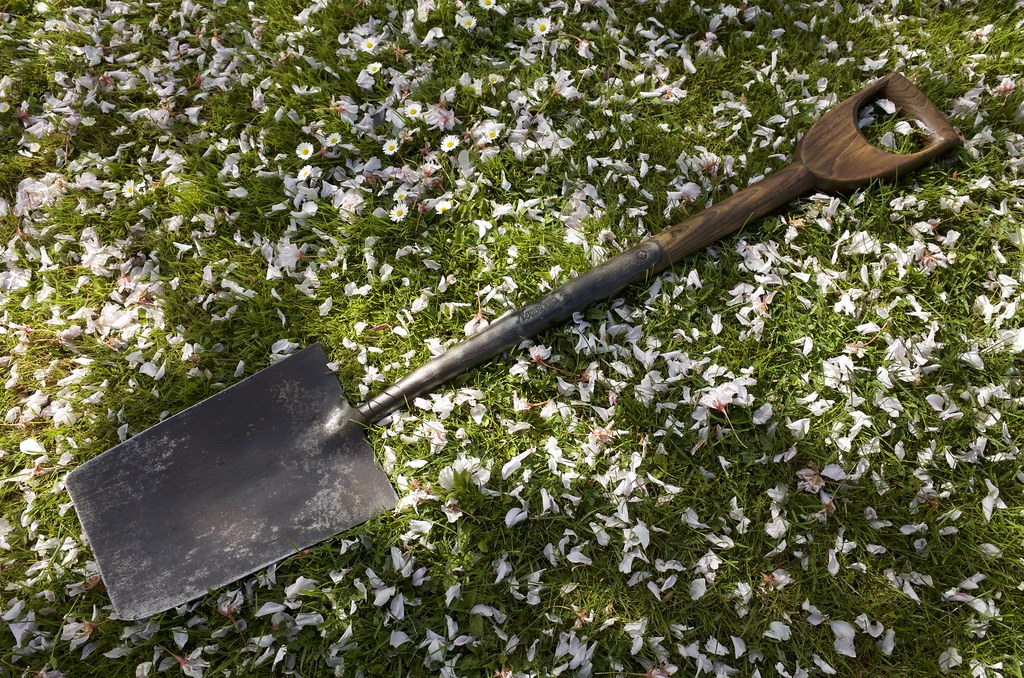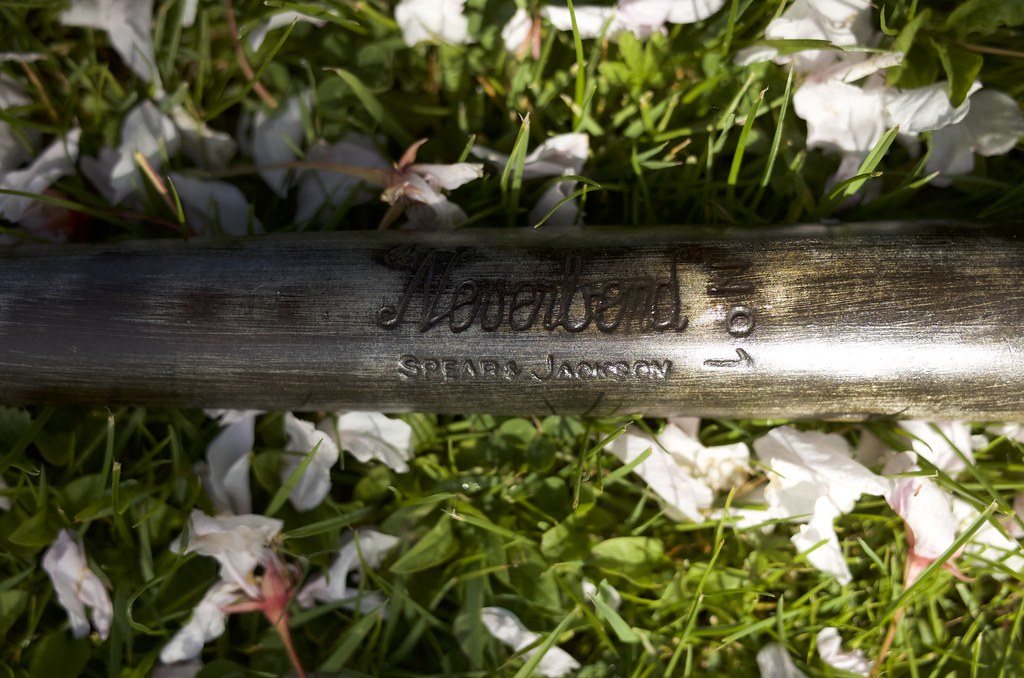Rhyolith
Established Member
I usually get spade and shovel mixed up... think this is a spade!
Got this at the car boot. Was cheaper than these usual are and the D-Handle was in decent condition since the first time in forever! Alls it needed was a oil up with some 3 in 1 and linseed (on the metal and wood respectively) and was good to go... the blade was even sharp!
 Spear & Jackson "Neverbend" No.1 by Rhyolith, on Flickr
Spear & Jackson "Neverbend" No.1 by Rhyolith, on Flickr
I like these old spades for their handsomeness and strong blades, but don't know anything more about them really. Any idea about age? I literally have no idea.
 Spear & Jackson "Neverbend" No.1 by Rhyolith, on Flickr
Spear & Jackson "Neverbend" No.1 by Rhyolith, on Flickr
Anyone else got a nice digging old implement like this?
Got this at the car boot. Was cheaper than these usual are and the D-Handle was in decent condition since the first time in forever! Alls it needed was a oil up with some 3 in 1 and linseed (on the metal and wood respectively) and was good to go... the blade was even sharp!
 Spear & Jackson "Neverbend" No.1 by Rhyolith, on Flickr
Spear & Jackson "Neverbend" No.1 by Rhyolith, on FlickrI like these old spades for their handsomeness and strong blades, but don't know anything more about them really. Any idea about age? I literally have no idea.
 Spear & Jackson "Neverbend" No.1 by Rhyolith, on Flickr
Spear & Jackson "Neverbend" No.1 by Rhyolith, on FlickrAnyone else got a nice digging old implement like this?







































